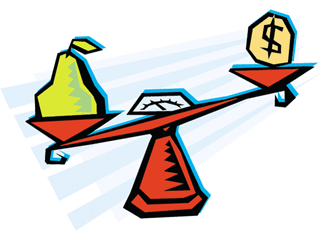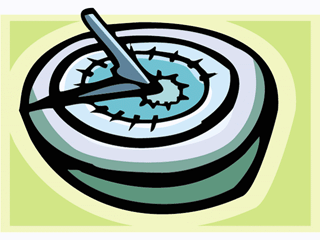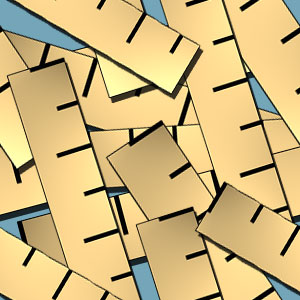
|
 |
 |
 |
These numeracy worksheets guide students during learning activities about measurement. They provide templates for recording measurement findings in the areas of length, mass, area, perimeter, capacity, time and money. Learning opportunities progress from using informal units in the early years, guiding students to appreciate the need for standard sized units, and on to using formal units of measure such as centimetres, grams, and millilitres. Opportunities for students to make reasonable estimations are provided in many of the tasks. (Teachers need to ensure that all equipment and materials necessary for each task are available.) It is recommended that materials are labelled clearly to increase students' independence with worksheets.
Time Worksheets
These worksheets can be used in isolation as independent activities, or they can be used together to form a student workbook of activities. Decide which are most appropriate for your students. Introduce the workbooks in a group or class discussion and go over instructions. Let students know of special pages that are best worked on with an adult (such as making the clock), and plan to have an adult with a small group for these. Worksheets from General time concepts, Clock concepts and Using timers, can all be used successfully within a class workbook for different aged students.
There are several advantages to making workbooks for students to make their own way through. Students can work at their own pace. All work on the topic is kept in the one place which makes for easier assessment and evaluation. Planning is easier as several lessons are organised in advance. A workbook could be a unit of work over a week or two, or it could be used in a rotational system where each group works on the Time workbook one day each week for a period of time whilest other groups are working on number, computer or other maths tasks.
General time concepts:| Day and night (categorise and draw) | Morning-afternoon-evening (categorise) |
| Days of the week (categorise and draw) Free resource |
How much do you know about calendars? |
Clock concepts:
Using timers while completing activities:
Sand timers are probably the most practical classroom timers. A set of 3 of each time: 1 minute, 3 minutes and 5 minutes, would be useful, and should allow small groups to complete tasks. Students can work in pairs, with 1 child doing a task while the other is in charge of timing.| Activities with a 1 minute timer | |
Informal Length Worksheets
These worksheets can be used in isolation or in combination with a "letter of the week" program, as each one is based around a particular letter. Each lesson can be extended by allowing students to measure other objects brought for the letter display each week, and giving some guidance about how to record findings in workbooks.
Introduce these tasks with an adult helper until students are familiar with the routine and objectives. Students as young as prep can very soon be working independently during maths lessons in small groups.
*Preparation required: Collect 2 of each object to be measured for a group of 5 or 6 students and organise units for measuring in labelled containers (unifix type counters, bottletops, coloured sticks (or matchsticks or toothpicks), crayons about 5 cm long, icypole or icecream sticks (about 10 cm long). Pictures and symbols are used so that students at pre-reading levels can be independent.

External Links to
Online Resources For Teachers
Online Resources For Teachers
Measurement Activities Online
Numeracy Worksheets: Measurement Tasks
Time Worksheet Generator